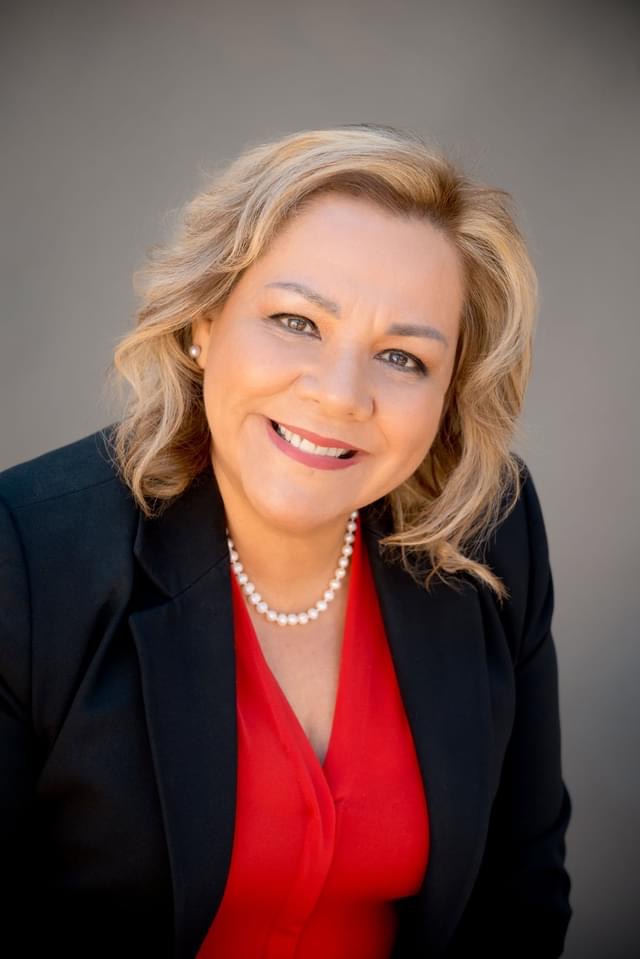Email: [email protected]

Finding water damage in your home is never a pleasant experience. However, finding it is the first step to solving the problem. Mold forms quickly, so it's important to act as soon as possible. Here's what to do if you find water damage in your home:
If you discover water damage, turn off and unplug any nearby electronics. Even if the damage seems minor, you don't want to risk accidental electric shocks or gas leaks. If you discover water damage in your kitchen or anywhere else connected to a gas line, turn off the gas completely just in case.
It's important to inspect the mold carefully before trying to clean it up yourself. Some mold can be toxic to humans and animals, posing serious health risks with long exposure. Mold also can grow very quickly, so while you're inspecting the damage check for any signs of spreading. In the case of large growths, consult a mold specialist right away.
Eliminating extra moisture is key to solving a water damage problem. Use fans, dehumidifiers and open windows to create air circulation and dry out surrounding materials. By drying out the area, you can prevent further mold growth and make addressing the damage much easier.
Certain materials should be removed immediately if they're damaged by water. This includes porous materials like insulation pads, carpet, unsealed cement and wood. All of these materials will mildew if left moist too long, and you don't want it spreading to other undamaged areas. Start by removing and replacing floor materials first so that the foundation of your home can support further damage repair.
Once you've removed the damaged materials, it's time to sanitize the area. Use a bleach solution to disinfect surfaces and kill remaining mold spores. Keep the area dry and well ventilated while you work, and call a specialist if there is a significant amount of mold to address.
These steps will prepare you and your home for whatever restoration project comes next. Whether it's a simple mold cleanup or a full carpet replacement, you'll be ready to tackle whatever water damage you find.

You don’t need to do this alone. I am bilingual in English and Spanish, and I have been in the industry for over 20 years, after earning my degree in Business Management and successive studies in Human Resources and Technology. Never content to let my education lapse, I also received a certification in Negotiation Skills from Pepperdine University and attended courses at Stanford University. A leader in the field, I am a member of the Santa Clara Board of Realtors and served as a professional standards ombudsman for 8 years. I completed a term as the President of the National Hispanic Organization of Real Estate’s Santa Clara chapter in 2016, now serving as this organization’s National Vice President. I pursued additional in-depth training to achieve professional designations as an ABR (Accredited Buyer’s Representative), CRS (Certified Professional Specialist), and SRES (Seniors Real Estate Specialist), GREEN certification, and RCS-D (Divorce Real Estate Specialist). Far from being a meaningless alphabet soup, this demonstrates how proactive I am in pursuing the latest knowledge so that I completely prepared to satisfy all my sellers' and buyers' unique needs. I am committed to Excellence!